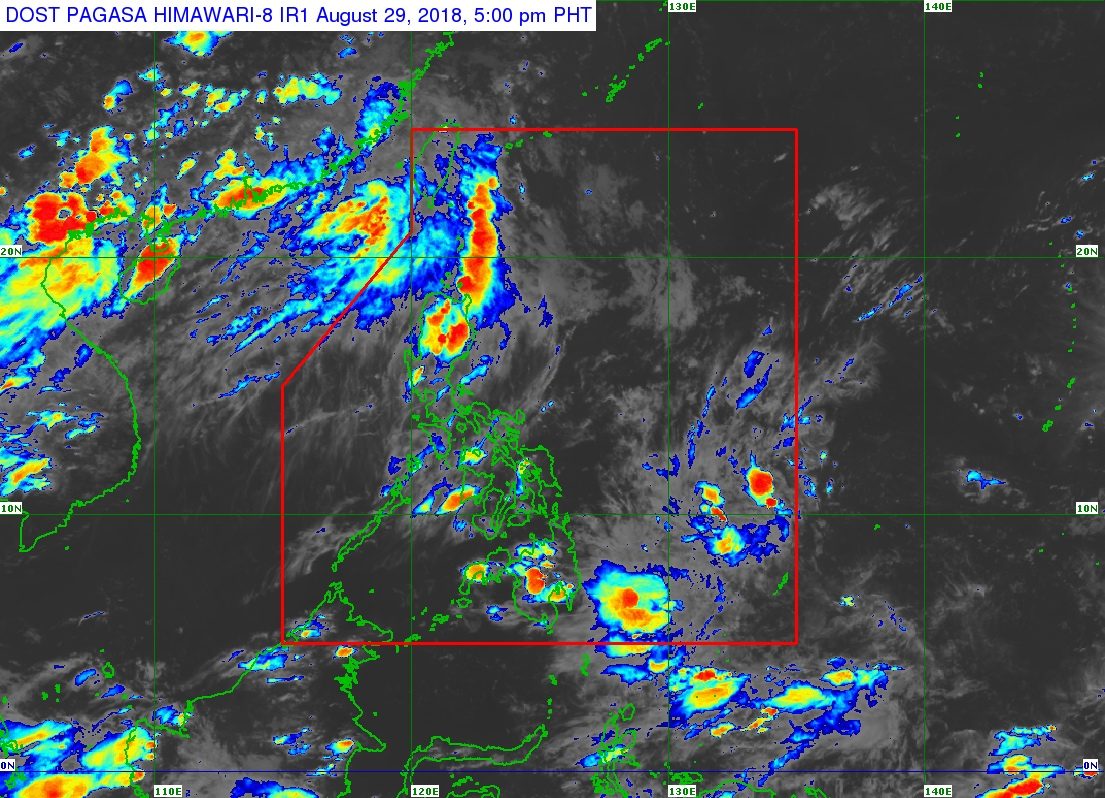SUMMARY
This is AI generated summarization, which may have errors. For context, always refer to the full article.

What’s the weather like in your area? Report the situation through Rappler’s Agos or tweet us at @rapplerdotcom.
MANILA, Philippines – The southwest monsoon or hanging habagat is still affecting Batanes and the Babuyan Group of Islands, but it is relatively weak and the rest of the country will enjoy generally good weather at least for the next 5 days.
“The southwest monsoon’s effect has subsided…. Puwede nating sabihing nagpahinga or may break tayo sa monsoon (We can say that there’s a period of rest or we have a break from the monsoon),” said Weather Specialist Nikos Peñaranda during the 105th Climate Outlook Forum on Wednesday, August 29.
Peñaranda said the Philippine Atmospheric, Geophysical, and Astronomical Services Administration (PAGASA) expects only isolated thunderstorms, mostly in the afternoon or evening. (READ: FAST FACTS: Tropical cyclones, rainfall advisories)
Latest forecast models show there will be “no high-impact weather” until Monday, September 3. This means there won’t be torrential rain or serious flooding.
But chances of light to moderate rain will go up in the Visayas and Mindanao starting this weekend, due to the trough or elongated region of a typhoon located outside the Philippine Area of Responsibility (PAR).
The typhoon, which has the international name Jebi, was located 3,245 kilometers east of Northern Luzon as of Wednesday afternoon. It is moving west northwest at 20 kilometers per hour (km/h), with maximum winds of 125 km/h and gustiness of up to 155 km/h.
According to PAGASA, Jebi will be closest to the Philippines this weekend. But it will likely stay outside PAR, and move toward Japan next week.
“The effects of this trough from the tropical cyclone [would be] minimal. Hindi masyadong malakas ang [magiging] ulan (The rain won’t be that intense),” Peñaranda said.
So far, the Philippines has had 12 tropical cyclones for 2018. The country usually gets an average of 20 tropical cyclones per year. (READ: LIST: PAGASA’s names for tropical cyclones in 2018)
PAGASA declared the start of the rainy season last June 8. – Rappler.com
Add a comment
How does this make you feel?
There are no comments yet. Add your comment to start the conversation.